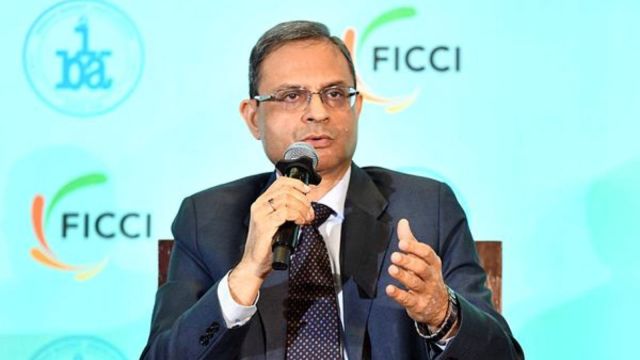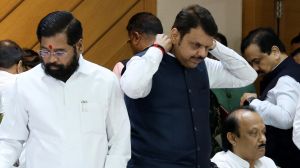RBI constitutes 6-member Payments Regulatory Board
The Board will be supported by the RBI’s Department of Payment and Settlement Systems (DPSS), which will report directly to it.
 The Board is chaired by RBI Governor Sanjay Malhotra. (Express File Photo)
The Board is chaired by RBI Governor Sanjay Malhotra. (Express File Photo)The Reserve Bank of India (RBI) on Tuesday constituted a six-member Payments Regulatory Board (PRB), comprising three nominees from the Central government, to oversee the functioning of payment systems in the country.
The Board is chaired by RBI Governor Sanjay Malhotra. Alongside the Governor, the two other RBI representatives on the PRB are the Deputy Governor and the Executive Director in charge of Payment and Settlement Systems. The government nominees include the Secretary of the Department of Financial Services, the Secretary of the Ministry of Electronics and Information Technology, and Aruna Sundararajan, former Telecom Secretary.
The PRB replaces the Board for Regulation and Supervision of Payment and Settlement Systems (BPSS), a committee of the RBI’s Central Board. The new board derives its authority from the Payment and Settlement Systems Act, 2007.
The PRB will be supported by the RBI’s Department of Payment and Settlement Systems (DPSS), which will report directly to it.
The five-member BPSS, also chaired by the RBI governor, did not include government nominees. “The inclusion of government representatives means the government will now have a say in the functioning of the country’s payment systems,” said a banking source.
As per the Act, decisions requiring approval during board meetings will be taken by a majority of members present and voting. In the event of a tie, the chairperson — or in his absence, the deputy governor who is a member of the board — will have a second or casting vote. The Board is required to meet at least twice a year, according to a notification issued in May.
The Act further provides that, if the chairperson so directs, any item of business requiring a decision may be circulated to Members for approval. Such matters will be decided by a majority vote, and in the event of a tie, the chairperson, or in his absence the deputy governor on the board, will exercise a second or casting vote. The principal legal adviser of the RBI is a permanent invitee to the meetings of the board.







